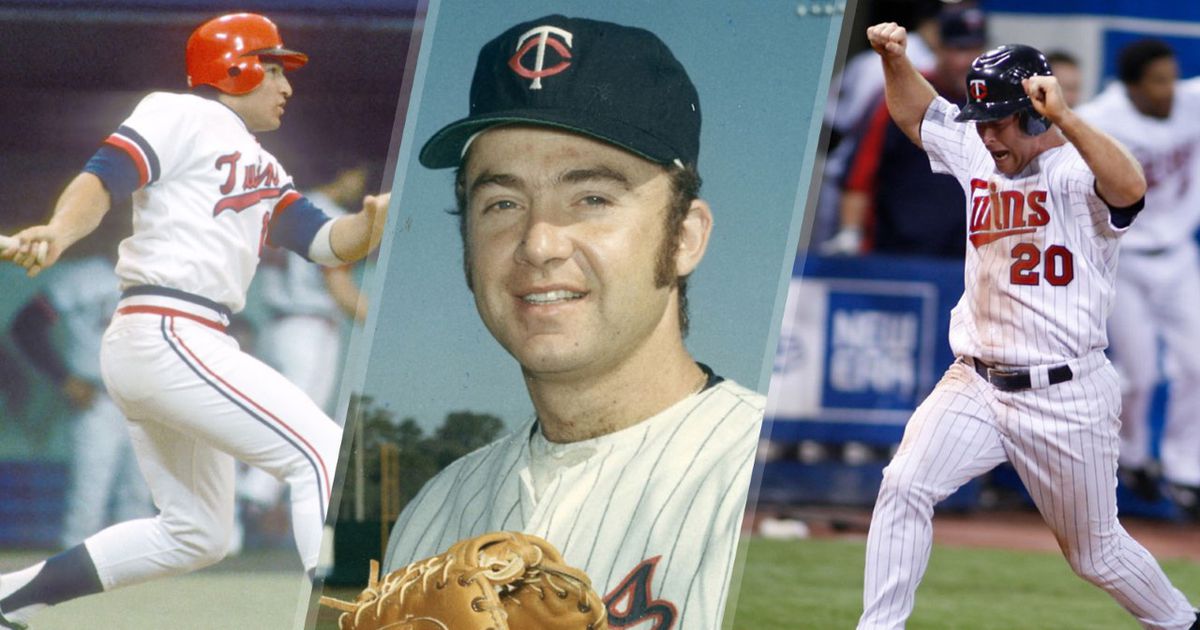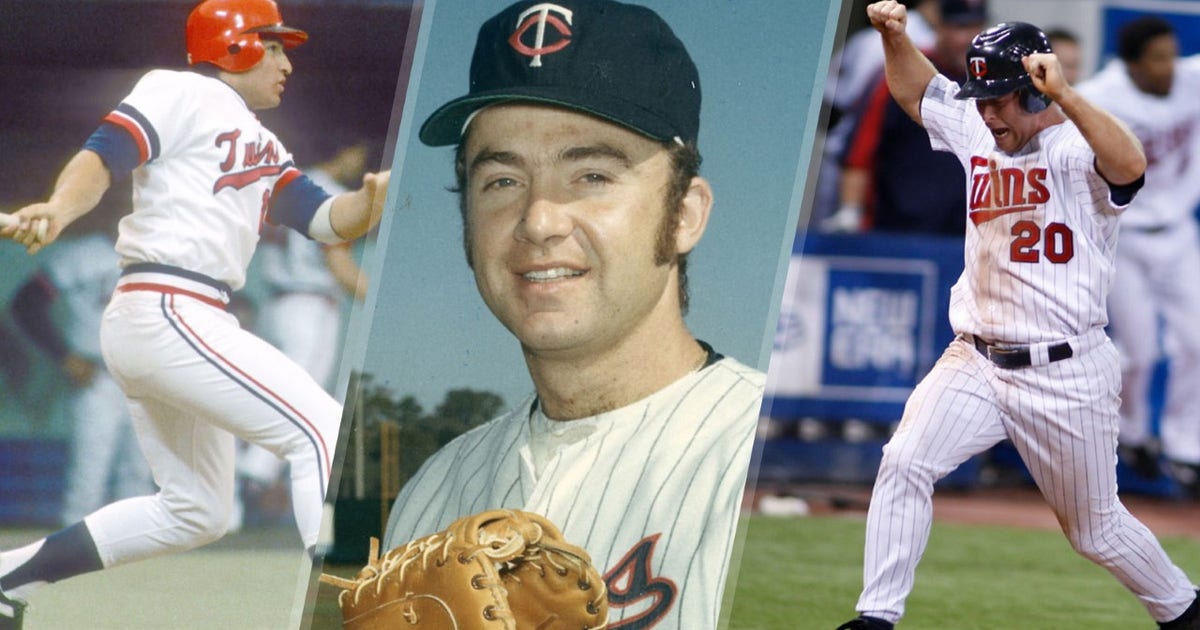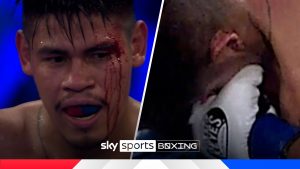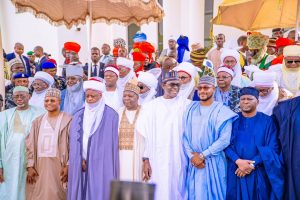One-season wonders: Minnesota Twins


Songs like My Sharona and Ice Ice Baby burst on to the scene with huge success, but only maintained that level of fame for a short period of time.
Well, the same has been true during the long and storied history of the Minnesota Twins. There have been plenty of Twins over the years who had one season that stood out above the rest.
Here’s a few of the standout “one-season” wonders in Twins history — hitters edition:
Lew Ford, 2004
Ford emerged out of nowhere and gave the Twins’ lineup some juice. After a brief foray in 2003 in which he played well, Ford became Minnesota’s everyday left fielder the following season. Playing in 154 games, he batted .299/.381/446 with 15 home runs, 20 steals (in 22 attempts), 89 runs and 72 RBI. He received two MVP votes – the same numbers as Cleveland’s Travis Hafner (.311, 27 HR, 96 R, 109 RBI) and the Yankees’ Hideki Matsui (.298, 31 R, 109 R, 108 RBI). In 2005, though, Ford dipped to .264/.338/.377 with 13 steals in 19 attempts before becoming a part-time player in 2006 (.226/.287/.312) and ’07 (.233/.315/.362). Ford bounced around after that, playing overseas and in independent leagues before re-emerging with Baltimore for 25 games in 2012 (hitting .183). He went back to independent ball, where he was still playing at 2019 despite having turned 43 that August.
More Twins coverage
Johnny Goryl, 1963
Goryl had played three years with the Chicago Cubs from 1957-59 and saw limited action with Minnesota in 1962. His career totals to that point: 376 plate appearances, a slash line of .227/.314/.363 (OPS+ of 80) with seven home runs and 23 RBI. In 1963, Goryl got into 64 games with the Twins, including 33 starts at second base. In 174 plate appearances, he hit .287/.353/.540 (OPS+ of 145) with nine homers and 24 RBI. The next season, which would be his last in the majors, Goryl hit .140/.216/.175 over 128 plate appearances.
Bobby Kielty, 2002
The switch-hitting Kielty finished fourth in the Rookie of the Year voting after hitting .291/.405/.484 (an OPS+ of 136) with 12 home runs in 348 plate appearances. Kielty would be traded to Toronto the next year and ended up playing until 2007 with Oakland and Boston. He never had an OPS+ of better than 100 (which is league average) in any season after 2002.
Rich Reese, 1969
Reese played plenty for the Twins from 1968-72 but only one season with an above-average OPS+. In 1969, Reese, a career .253 hitter, batted .322/.362/.513 with 16 home runs and 69 RBI – all career highs. Reese never hit higher than .261 or slugged over .400 in any other full season in the major leagues.
Luis Rivas, 2001
Rivas took over as Minnesota’s second baseman as a 21-year-old and 31 bases, eighth-highest in the American League, and scored 70 runs. Both would turn out to be career highs. Rivas played in just 93 games in 2003 and swiped only nine bags. He stole 32 bases combined from 2003-04 in 244 games. He appeared in just 59 games for the Twins in 2005, with four steals before appearing in four games with Cleveland in 2007 and 79 for Pittsburgh in ’08. With the Pirates, he stole three bases – and was caught twice.
Mark Salas, 1985
Taken in the Rule 5 draft by the Twins in December 1984, Salas started the majority of games at catcher for the Twins in 1985. He’d hit .300/.332/.458 (OPS+ 110) with nine homers, 51 runs and 41 RBI, finishing eighth in the Rookie of the Year voting. Salas would dip to .233/.282/.384 in 1986 and was traded to the New York Yankees during the 1987 season. From 1987-91 he played for five different teams. After his 1985 season, Salas batted .229/.291/.366 for the rest of his career, never hitting better than .250.
Scott Stahoviak, 1996
The former first-round pick hit just .266/.341/.373 in 1995 but emerged as the Twins’ starting first baseman in 1996. He played 130 games and slashed .284/.376/.469 with 30 doubles, 16 home runs, 72 runs and 61 RBI. Stahoviak couldn’t keep a hold of the job the following year, playing sporadically. In 91 games he batted just .229. After going 2-for-19 in nine games in 1998, his major-league career was over.
Rob Wilfong, 1979
Wilfong played 959 games over 11 years in the majors, mainly with the Twins (554 games) and Angels (403). After a couple of years as a backup, Wilfong became Minnesota’s starting second baseman in 1979 and he rewarded their faith by hitting .313/.352/.458 (OPS+ of 114) with 22 doubles, nine home runs, 71 runs and 59 RBI – all which would be career highs. From 1980-87, his highest batting average would be .254 in 1983 with California. He’d never have an OPS+ higher than 82 (in 1984; he did have an 88 OPS+ in 1987 with San Francisco but he played only two games).







